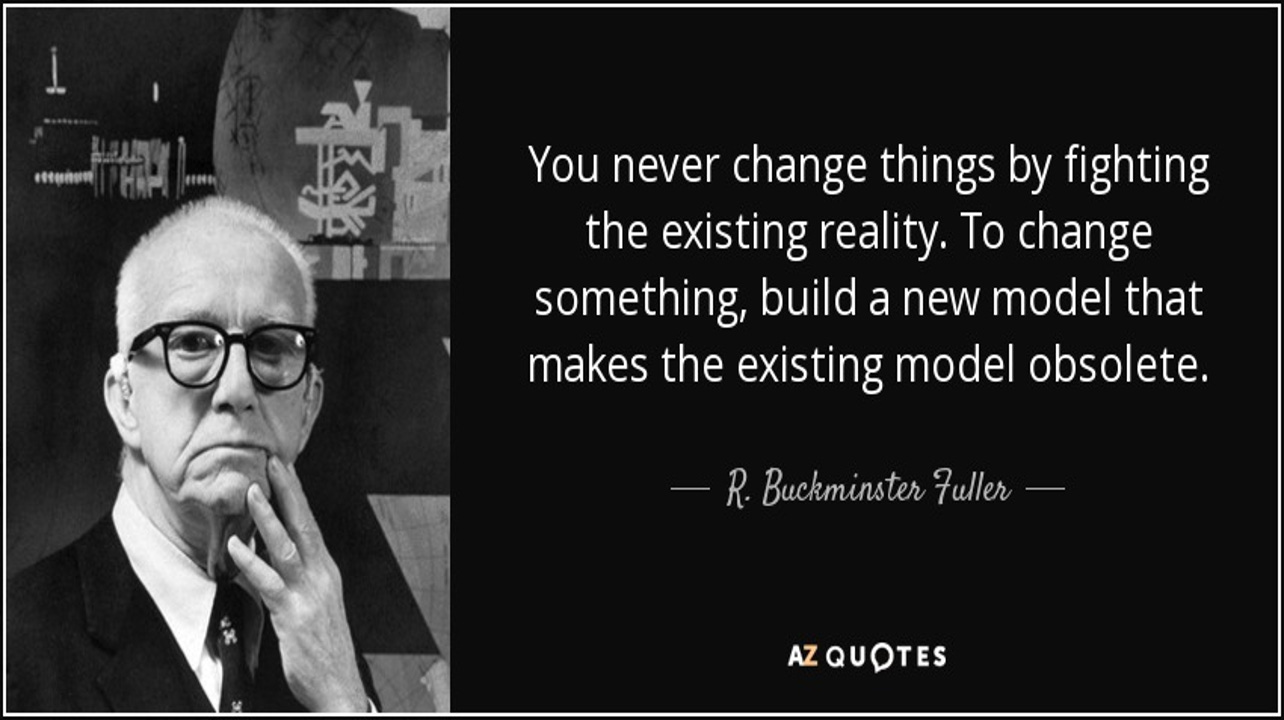Building New Markets
Regenerative farmers are breaking the industrial mold, drastically reducing costs and restoring natural systems in agricultural lands. Now, how can they sell it?
Just like soil health improvements take time and depend on context, so too are multiple components simultaneously leveraged to build new markets. Ultimately, to tap into new marketing opportunities, farms need to be able to offer digital records, a compelling story, and supply chain partners.
First, consider the facts of the commodity markets:
Commodity supply chains may forever reject the opportunity to monetize the ecological outcomes of regenerative agriculture.
The most important consumer trend of our time is the exponential growth in buying food from local farmers making a positive impact.
This trend promises to thwart conventional food and agribusiness systems for the foreseeable future.
Big industry corporations are already suffering, everywhere from seed/chem, to grain companies, to consumer packaged goods (CPG) food brands.
Farm finances are stronger and more stable the more non-commodity revenue streams are integrated, and when measured over multiple years.
Now, let’s dive into the 3 core components for building new farm markets.
Digital Records
Regenerative farmers offer new things that modern consumers are seeking: to optimize nutrition, taste, budget and community values in their food purchases. To this segment of the market, standard agricultural grading factors are meaningless, yet they’re the basis for valuing transactions currently across commodity supply chains.
To offer something more, and to get paid for it, farms need highly organized records. Before consumers can choose to pay for the changes farmers are making, they need the information on everything from the seeds planted to the soil analysis to the bin inventories, and all of the field activities undertaken along the way.
This is the key deliverable of Prairie Routes’ grain marketing service. Shockingly, money gets left on the table at a few different stages, on every size and different type of farm. Generating all the revenue possible in marketing grain today takes careful analysis of the documents, and asking the right questions.
Supply Chain Partners
Next, farmers need supply chain partners to move their products into commercial handling channels, and to process them into consumer-ready products like beef and flour. Sometimes it works to add the equipment on farm and process branded products right there, but doing this well requires a unique skill set.
Livestock producers using managed grazing are closer to tapping new market demand for their specific products, compared to monocrop grain farmers and feedlot operators. However, the small-scale, inspected local abattoirs and butcher shops necessary for direct-to-consumer meat sales are a rare and dying breed.
In Canada right now, it’s easier than ever for farm-branded products to get on to grocery store shelves, thanks to the buy-local sentiment gripping consumers in response to annexation threats from the President Trump. It used to be impossible for small new entrants to compete in the arena of listing fees and wholesale distribution, but now the big chains are dropping every roadblock they can find to get more locally-produced foods in the store, in response to consumers demanding it.
A Compelling Story
With the supply chain in place and data to back the claims, farms then add branding and storytelling to connect into new markets. This starts with the farm’s marketing team completing a set of exercises:
Define the target customer persona, and very specifically, envision everything about the ideal buyer and speak directly to them in all marketing communications.
Articulate the features and benefits of the products, and wrap them into a value proposition that can be summarized in a 3-sentence elevator pitch.
Analyze the competitive landscape by answering the question, ‘what are we doing differently than them, and how do we explain that to our customers?’
Map out the customer journey including every step taken from first hearing about the products, through selecting them over others, completing the purchase, and follow-up service.
With decades of experience in marketing and market development, the Prairie Routes consulting team is ready right now to coach farm and agribusiness brands ready to journey into emerging markets. For the vast majority of regenerative farms, this will be new work, but it is not hard work - it just takes professional coaching and a small time commitment, to move through the process.
Interested to learn more about Prairie Routes’ branding and market development services? Email hello@prairieroutes.ca or fill out this form - we look forward to hearing your story!


